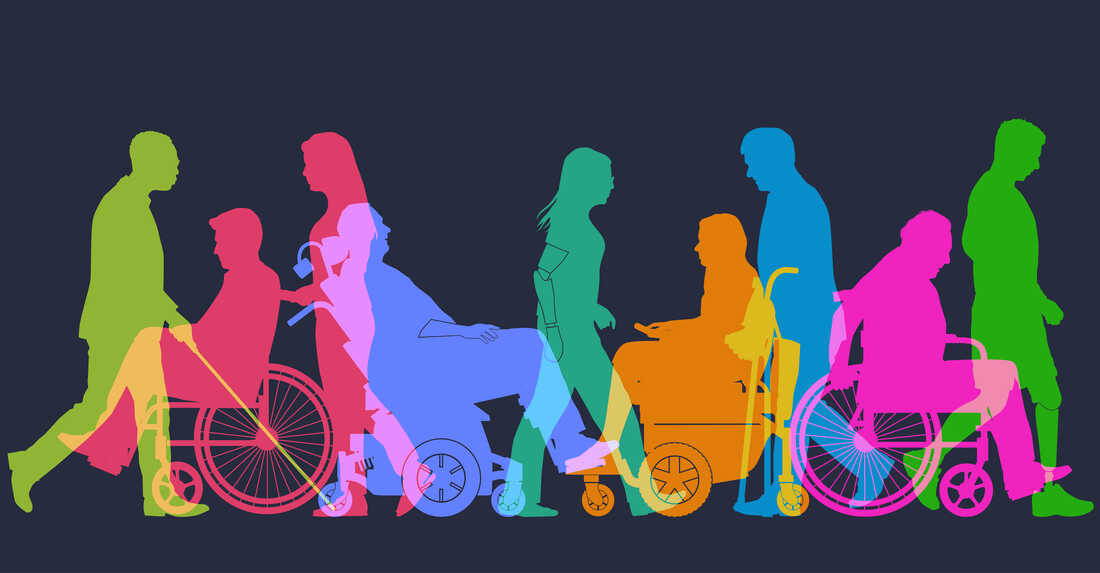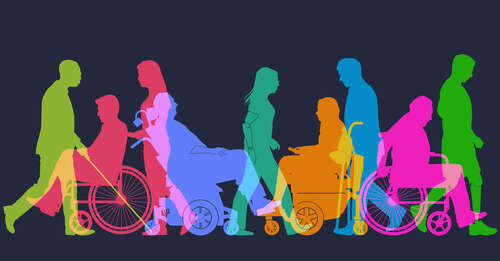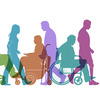
The U.S. Census Bureau says it’s no longer moving ahead with proposed changes to how an annual survey produces estimates of how many people with disabilities are living in the country.
smartboy10/Getty Images
hide caption
toggle caption
smartboy10/Getty Images

The U.S. Census Bureau says it’s no longer moving ahead with proposed changes to how an annual survey produces estimates of how many people with disabilities are living in the country.
smartboy10/Getty Images
The U.S. Census Bureau is no longer moving forward with a controversial proposal that could have shrunk a key estimated rate of disability in the United States by about 40%, the bureau’s director said Tuesday in a blog post.
The announcement comes just over two weeks after the bureau said the majority of the more than 12,000 public comments it received about proposed changes to its annual American Community Survey cited concerns over changing the survey’s disability questions.
“Based on that feedback, we plan to retain the current ACS disability questions for collection year 2025,” Census Bureau Director Robert Santos said in Tuesday’s blog post, adding that the country’s largest federal statistical agency will keep working with the public “to better understand data needs on disability and assess which, if any, revisions are needed across the federal statistical system to better address those needs.”
The American Community Survey currently asks participants yes-or-no questions about whether they have “serious difficulty” with hearing, seeing, concentrating, walking and other functional abilities.
To align with international standards and produce more detailed data about people’s disabilities, the bureau had proposed a new set of questions that would have asked people to rate their level of difficulty with certain activities.
Based on those responses, the bureau was proposing that its main estimates of disability would count only the people who report “A lot of difficulty” or “Cannot do at all,” leaving out those who respond with “Some difficulty.” That change, the bureau’s testing found, could have lowered the estimated share of the U.S. population with any disability by around 40% — from 13.9% of the country to 8.1%.
That finding, along with the proposal’s overall approach, sparked pushback from many disability advocates. Some have flagged that measuring disability based on levels of difficulty with activities is out of date with how many disabled people view their disabilities. Another major concern has been how changing this disability data could make it harder to advocate for more resources for disabled people.
Santos said the bureau plans to hold a meeting this spring with disability community representatives, advocates and researchers to discuss “data needs,” noting that the bureau embraces “continuous improvement.”
In a statement, Bonnielin Swenor, Scott Landes and Jean Hall — three of the leading researchers against the proposed question changes — said they hope the bureau will “fully engage the disability community” after dropping a proposal that many advocates felt was missing input from disabled people in the United States.
“While this is a win for our community, we must stay committed to the long-term goal of developing better disability questions that are more equitable and inclusive of our community,” Swenor, Landes and Hall said.
Edited by Benjamin Swasey




